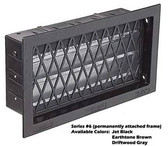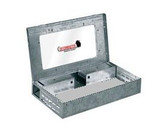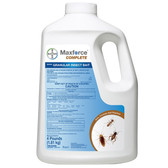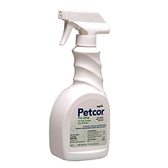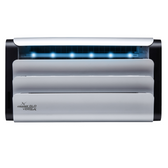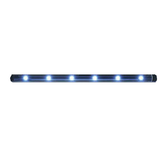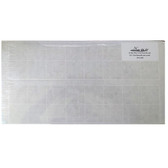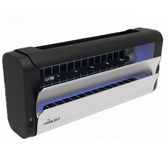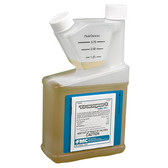 Loading... Please wait...
Loading... Please wait...Currency Displayed in
- Home
- Fly Light Placement Information
Category List
- Fly Light Units
- A Catalog of Products
- Advion Insect Baits
- Aerosol Insecticides
- Alpine Insecticides
- Ant Control Products
- Bedbug Control
- Bed Bug Proof Encasements
- Bee Control Products
- Bellows Duster
- Bio-Mop
- Biozyme System
- Boracare Wood Preservative
- Boxelder Bug Control
- Clover Mites Control
- Cricket Control
- Demon Insecticide
- Drain Flies Control
- Dust Mites Control
- Earwigs Control
- Equipment - Tools
- Exterior Pest Control
- Flea Control Products
- Fly Control Supplies
- Fly Light Bulbs & Pads
- Fly Web Fly Light
- Fruit Fly Control
- Havahart Traps
- MaxForce Insect Baits
- Mole Control
- Mosquito Control
- Mouse Control Products
- Odor Eliminators
- Ornamental Pests
- Palmetto Bugs Control
- Pantry Pest Control
- Rat Control
- Roach Control
- Scorpion Control
- Silverfish Control
- Slugs & Snails
- Spider Control
- Sprayers
- Steri-Fab Disinfectant
- Stink Bug Control
- STUF-FIT Copper Mesh
- Temp Vents
- Termidor SC
- Termite Control
- Tick Control Products
- Timbor Wood Preservative
Fly Light Placement Information
Fly Light Placement Information
Selection and placement of Insect Light Traps
Insect Light Traps (ILT’s) are an important non-insecticidal method to control flying insects. ILT’s attract flying insects by using Ultra-Violet light. Flying insects are drawn by the U.V. light and are either trapped on adhesive glue panels or electrocuted on an electrified grid. ILT’s work 24 hours a day, seven days a week. ILT’s catch a variety of flying insects including house flies, bottle flies, yellow jackets, moths and beetles that contaminate food, affect our health, and are irritating. ILT’s are the best continuous tool for flying insect control, working 24 hours a day, 365 days a year.
PLANNING THE LOCATIONS FOR ILT’S:
Exterior: Identify the outside entry points. Place traps inside these areas to intercept flying insects as they enter a building.
• Employee entrances
• Visitor entrances
• Truck dock doors
• Garbage exit doors
Interior: Identify the most sensitive interior areas of the building where insects are unacceptable.
• Hospital surgery
• Emergency medical areas
• Pharmaceutical
• Food processing and packaging
• Commercial kitchens
• Dining rooms
• Bakeries
• Deli’s
• Grocery stores
• Barns and stables
• Kennels
• Offices
PLACEMENT SUGGESTIONS FOR INSECT LIGHT TRAPS ARE AS FOLLOWS:
Our Featured Products
-
Drione Insectice Dust 1 lb $52.95
-
Advion cockroach gel bait $34.95
-
Onslaught Insecticide $57.95
-
-
-
Repeater Mouse trap $15.95
-
-
-
Zenprox $77.95
-
Flyweb Insect Light Trap $43.95
-
-
Tempo Wettable Powder $128.95






